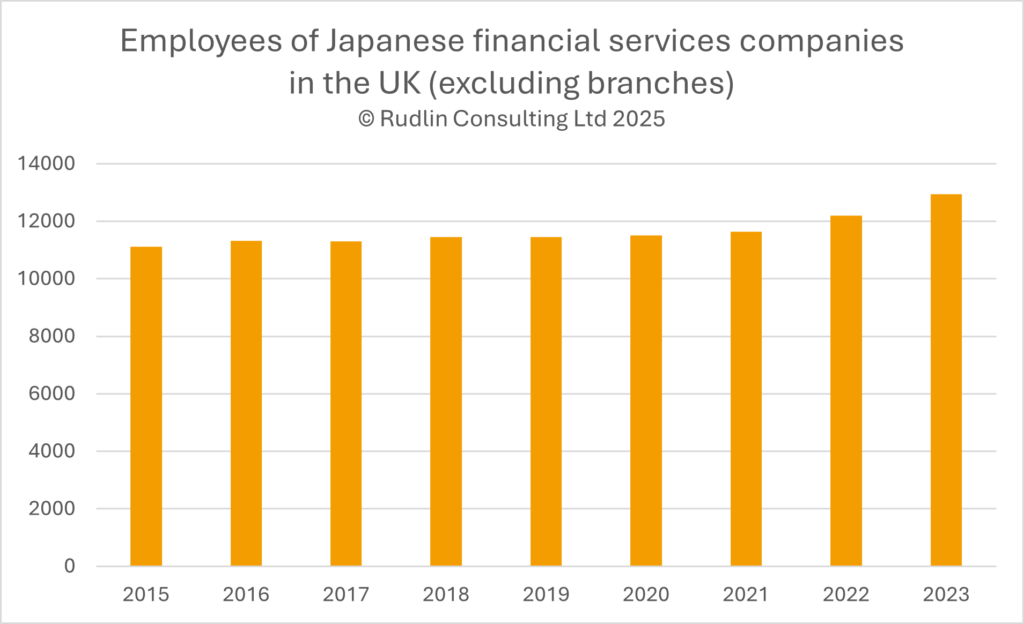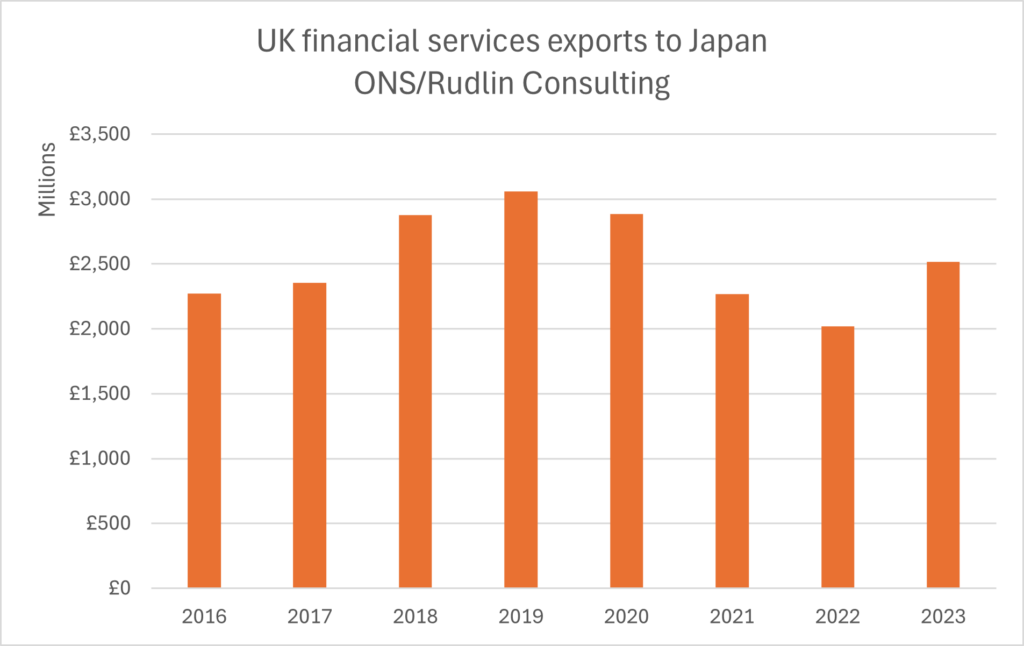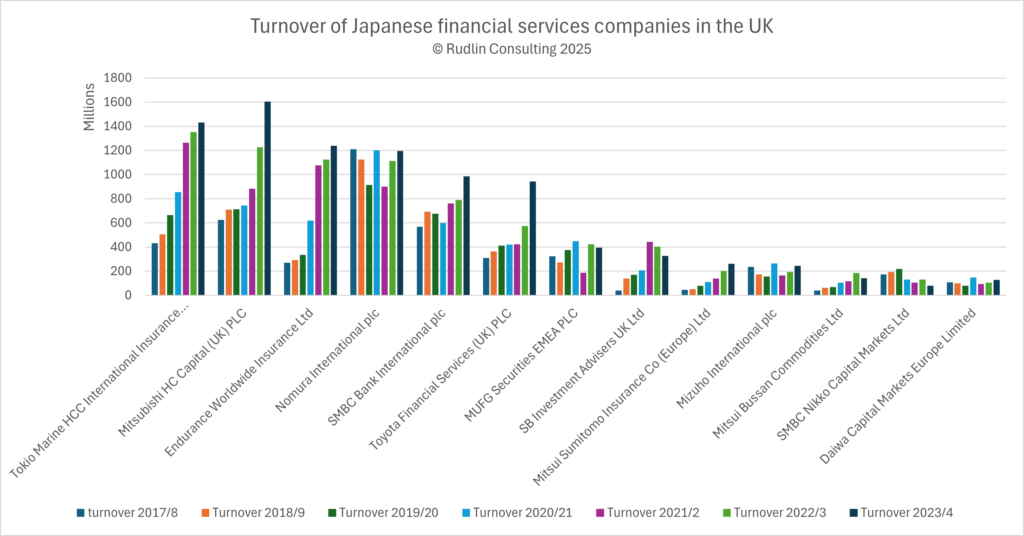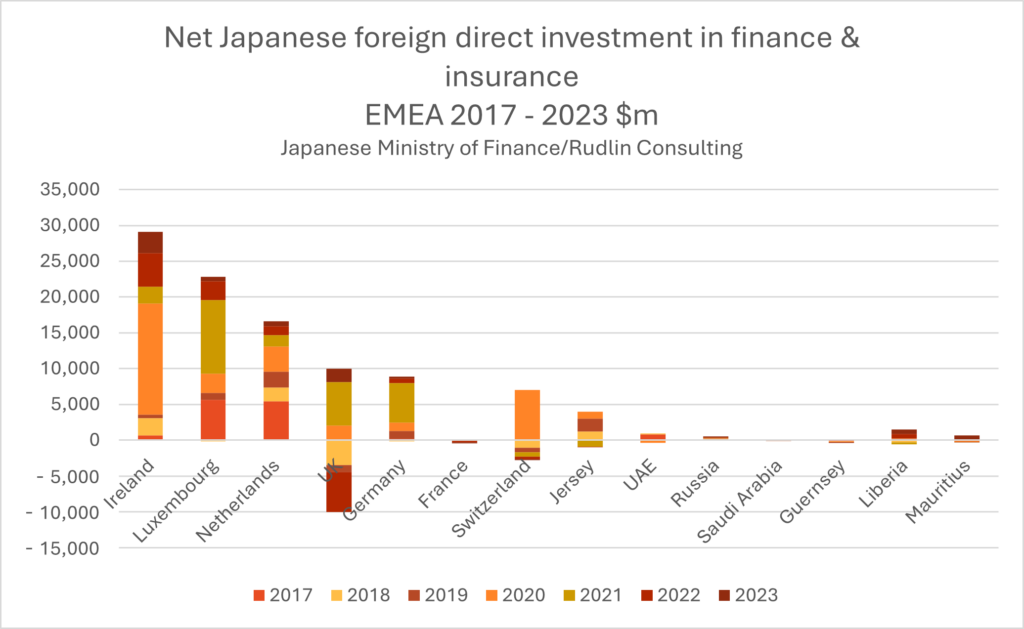Japanese companies in the UK 20 years on
After a three year gap due to the pandemic, my company has rejoined the Japanese Chamber of Commerce in the UK. My company was the first non-Japanese company, with no Japanese nationals working for it, to be allowed to become a member in 2004. This followed a change in the rules, in reaction to declining membership.
Back then, such non-Japanese companies were classified as “associate” members, and my company was allocated to the “local entrepreneurs” group. This time, we were allowed to join as a full member and we are in the “professional services” group.
Both the professional services group and the local entrepreneurs group have grown over the three years we were absent. Partly this was due to the pandemic, during which the Chamber meetings took place online, including for members of the Chamber to introduce their services through online webinars. This meant that members had the benefit of being able to promote their services and network with potential clients without having to attend Chamber meetings in London in person. Some members do not even have UK bases, because they can offer their services remotely.
Marketing to “Japanese” companies in the UK has to be much more than just being able to communicate in Japanese
The distinction between Japan originated and local companies is also blurring. Many of the traditional Japanese companies in the UK are not members of the chamber – I suspect not only because they are not based in London, but also because their senior executives are not Japanese. This localization continues, even for traditional Japanese companies based in London.
Trying to define membership by expatriate status of key managers has also become difficult. Looking at the latest Ministry of Foreign Affairs data for long term (mostly Japanese corporate expatriates) and permanent resident Japanese nationals in the UK, Germany and France, it is clear that if present trends continue, the number of permanent resident Japanese will outstrip the number of long term visa holding Japanese within the next five years in all three countries.
Local professional services companies who target Japanese companies have benefitted from this trend in that they can hire permanent resident Japanese people as employees, bringing with them Japanese language ability. However, as I have also experienced, the blurring of distinctions between Japanese and British, and increased familiarity with each other, means that marketing to “Japanese” companies in the UK has to be much more than just being able to communicate in Japanese.
This article by Pernille Rudlin originally appeared in Japanese in the Teikoku Databank News on 14th August 2024
For more content like this, subscribe to the free Rudlin Consulting Newsletter. 最新の在欧日系企業の状況については無料の月刊Rudlin Consulting ニューズレターにご登録ください。
Read More



